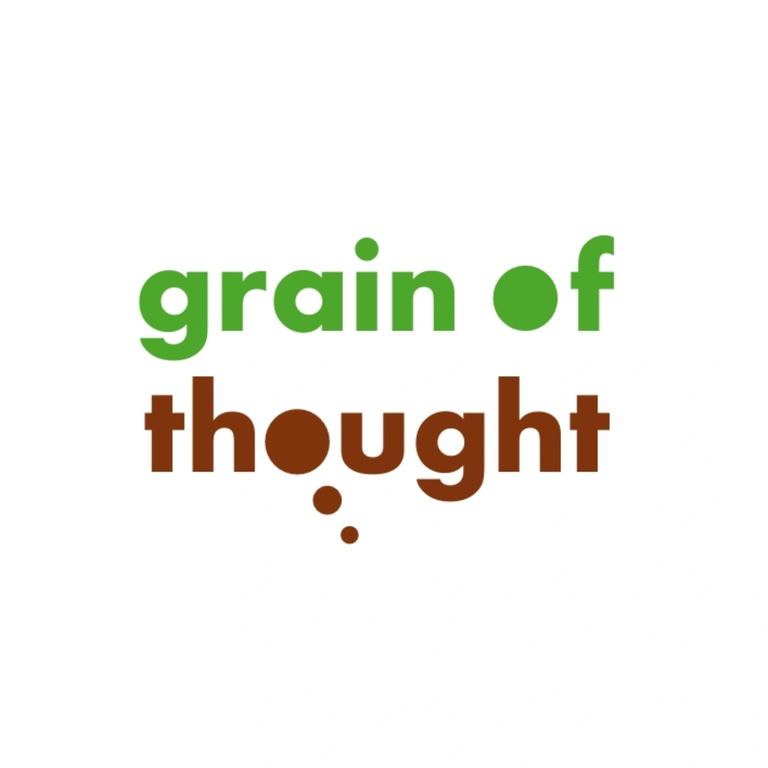Get to know The Grains
Sorghum | Mapfunde | Amabele
Scientific name: Sorghum bicolor
Growing Time: 3-4 months (90-120 days depending on variety)
Water Requirements: Highly drought-tolerant, requiring only 400-600mm of rainfall per season—significantly less than maize which needs 600-1000mm. At 28°C, it thrives with minimal irrigation.
Drought Advantages:
Deep root system accesses water up to 2 meters underground
Waxy leaf coating reduces water loss
Can suspend growth during dry spells and resume when rains return
Yields reliably even when maize fails
Health Benefits: Rich in protein, fiber, B vitamins (especially niacin and thiamine), iron, phosphorus and antioxidants. Gluten-free and has a low glycemic index, making it excellent for diabetics.
Industrial Uses
Traditional brewing (maheu)
Stockfeed industry
Breakfast cereals and flour
Biofuel production
Building materials (stalks for thatching)
Zimbabwean History: Sorghum was a staple grain in Zimbabwe long before colonial introduction of maize. It dominated communal areas and was central to traditional ceremonies and beer-brewing customs. The Korekore, Karanga and other Shona groups cultivated red and white varieties for centuries.
Future Outlook: With climate change making droughts more frequent, government and NGOs are promoting sorghum as a climate-smart alternative to maize. Improved varieties and growing commercial markets for sorghum beer make it increasingly viable.
Fun Fact: The traditional sorghum-based beer was so culturally important that in some communities, refusing to share it with visitors was considered a serious insult!
Some facts about traditional small grains
Pearl Millet | Mhunga | Inyawuthi
Scientific name: Pennisetum glaucum
Growing Time: 2.5-4 months (75-120 days)
Water Requirements: Extremely drought-hardy, needing only 200-500mm per season. It's the most water-efficient of all cereal crops and thrives in temperatures well above 28°C.
Drought Advantages:
Performs where even sorghum struggles
Matures quickly, escaping drought periods
Tolerates poor, sandy soils
Can produce grain with sporadic rainfall
Heat-tolerant up to 42°C
Health Benefits: Exceptionally nutritious - high in protein, iron (excellent for anaemia prevention), calcium, magnesium, zinc and B vitamins. Contains more amino acids than most cereals and is gluten-free.
Industrial Uses:
Poultry and livestock feed
Flour milling for porridge and bread
Traditional brewing
Baby food production
Health food markets (growing internationally)
Zimbabwean History: Traditionally grown in the drier regions of Matabeleland and southern parts of Masvingo and Midlands provinces. The Ndebele and Kalanga people particularly valued it for its reliability. It was often the "insurance crop" when other grains failed.
Future Outlook: With the low-veld and semi-arid regions expanding due to climate change, pearl millet is gaining recognition. Researchers are developing improved varieties. Export potential to health-conscious markets is growing.
Fun Fact: Pearl millet can be planted after the main season has failed and still produce a harvest. It doesn't need much attention but still delivers!
Finger Millet | Zviyo | Uphoko
Scientific name: Eleusine coracana
Growing Time: 3-5 months (90-150 days, depending on altitude)
Water Requirements: Requires 500-750mm per season. More demanding than sorghum and pearl millet, but still more drought-tolerant than maize. Grows well at 28°C in medium-altitude areas.
Drought Advantages:
Better drought tolerance than maize or wheat
Performs well on marginal lands
Resistant to pests and storage diseases
Can store for years without deterioration
Tolerates waterlogging better than other millets
Health Benefits: Nutritional powerhouse. Has the highest calcium content of any cereal (10x more than wheat), rich in iron, amino acids (especially methionine), fiber, and vitamin D. Excellent for bone health, growing children and nursing mothers. Helps control diabetes and cholesterol.
Industrial Uses:
Malt production for brewing
Specialty health foods and baby foods
Bakery products (cookies, bread)
Animal feed
Traditional porridge and meal preparation
Zimbabwean History: Finger millet was a prestigious grain in pre-colonial Zimbabwe. It was preferred for sacred ceremonies and is mentioned in many traditional stories. Eastern Highlands communities and Manicaland farmers particularly valued it.
Future Outlook: Growing interest from urban health-conscious consumers and the hospitality industry. Government is promoting it for nutrition security, especially for vulnerable groups. International demand for "superfood" grains creates export opportunities.
Fun Fact: Finger millet can be stored for up to 10 years without insect damage - ancient Zimbabwean chiefs kept strategic reserves of it underground in clay pots as famine insurance and a symbol of wealth!
In summary, all three crops represent Zimbabwe's agricultural heritage and offer practical solutions to current climate challenges. They require less water than maize, provide superior nutrition and connect modern farmers to centuries of indigenous agricultural wisdom.


Blog
Here you can find short articles on traditional small grains
